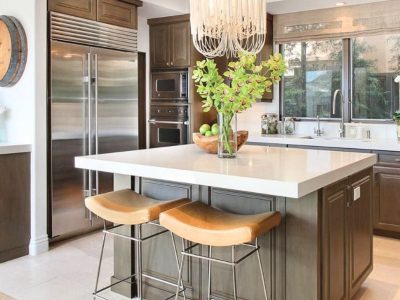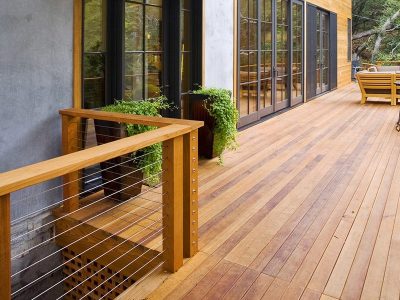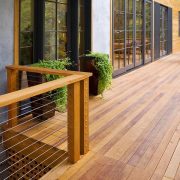Home is a place where you find comfort and relief all year round. Climate changes like chilled winters and summer heatwaves are the norm in the world. You should ensure that your home is in a condition to easily handle these extreme weather changes. Renovating your home according to the seasons not only makes it more comfortable but also improves its energy efficiency. If you are a homeowner, here are some tips to create a comfortable living space that helps maintain a pleasant environment in your home throughout the changing seasons.
Understand Your Home’s Requirements
Assessing your home’s needs is the first step toward a comfortable home. The current condition of any home can enable it to handle severe weather conditions. Inspect your home to improve its safety and efficiency. Check insulation levels and assess the performance of heating and cooling systems during summer and winter. Moreover, heating repair systems in cold winters are important for creating a comfortable home. When you identify these requirements, you can renovate things easily. This enhances the capacity of your home to withstand temperature changes and can fix problems.
Insulate your Home
Proper insulation is essential for a comfortable home. Insulation prevents heat from escaping during chilly winters and keeps it out during hot summers. Fiberglass, cellulose, and spray foam are effective insulators for maintaining heating and cooling temperatures in a home. Each type of insulation material is suitable for different parts of the home. For example, spray foam is used to seal cracks, while fiberglass sheets are best for walls. Insulation can enhance your home’s comfort and make it more enjoyable for every family member.
Efficient Heating and Cooling Technologies
The use of efficient heating and cooling technologies can make the most of your home. If you have not renovated your home in a long time, upgrading can be the best option. Modern technologies can ensure efficient air conditioning installation and reduce electricity bills. Regular maintenance, such as servicing cooling and heating systems, using a thermostat, and optimizing ventilation, can prevent breakdowns due to weather.
Control Sunlight and Temperature
Another effective way to conserve heat and cooling is to keep the blinds or curtains closed. Whenever there is an extreme temperature change, close the curtains and window coverings. During the winter season, close the curtains and windows at night to retain heat inside the home. In hotter months, draw your curtains and other coverings to protect your home from sunlight.
Optimal Use of Sunlight and Airflow
When you utilize natural light and proper ventilation, it enhances the comfort of your home. During the winter season, large windows capture natural warmth from maximum daylight. In summer, cross-ventilation naturally cools the home. Skylights serve as sources of natural light in darker areas of your home.
Improving Home Comfort
You should incorporate seasonal decor changes to match the changing seasons. In cooler months, use dark-colored and thicker curtains to enhance comfort. During summer, use light-colored fabrics to create a refreshing ambiance.












Comments